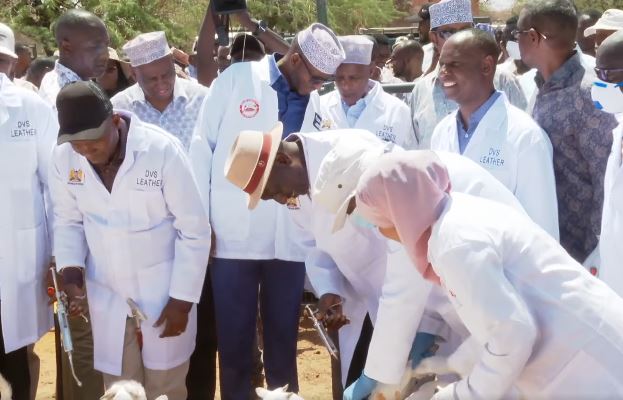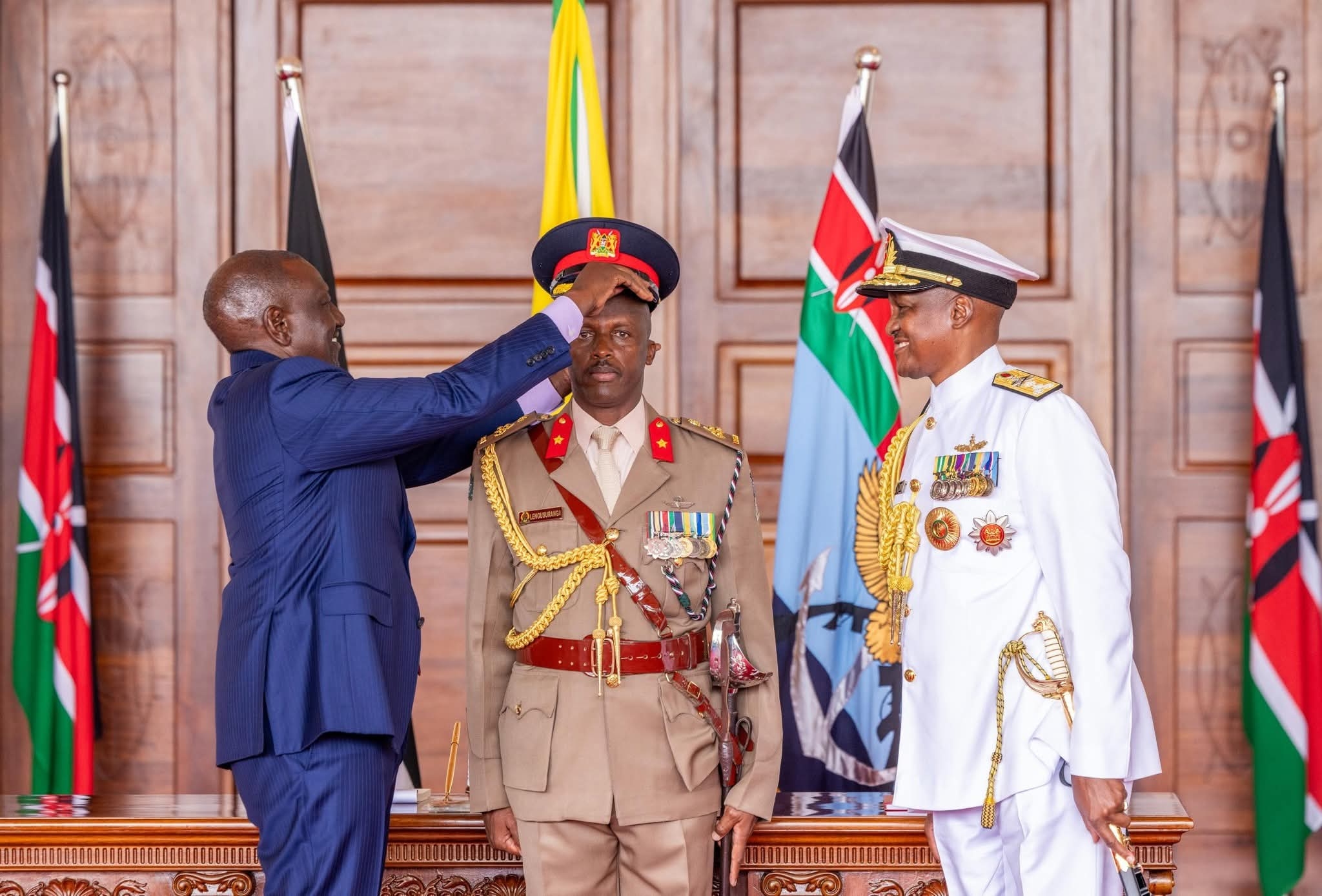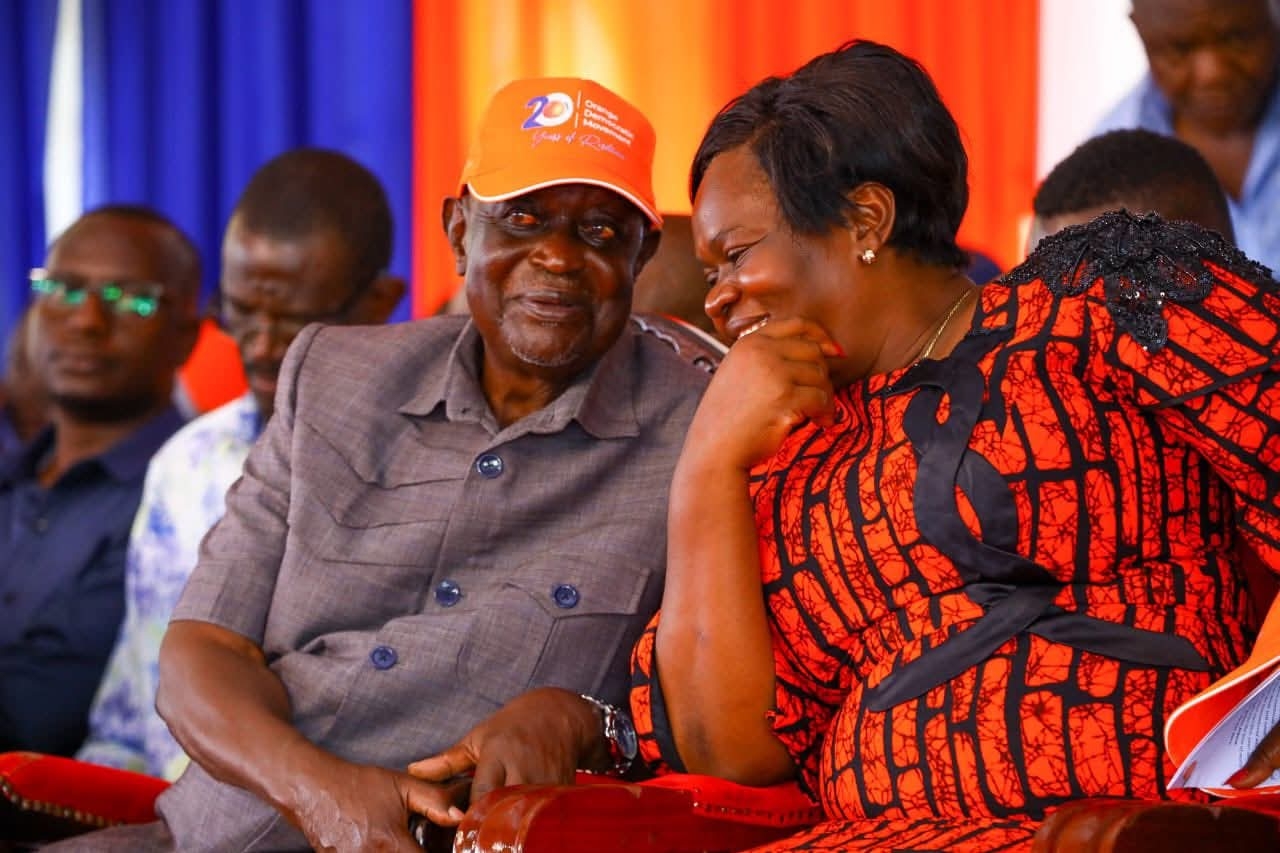
The government, in collaboration with the Kenya Veterinary Association (KVA), has launched a groundbreaking e-voucher livestock vaccination and breeding programme that aims to transform the livestock sector into a major driver of Kenya’s economy.
The initiative is designed to raise the sector’s contribution to the national gross domestic product (GDP) from the current 12 per cent to 20 per cent by 2030.
This ambitious partnership focuses on disease control, breed improvement, and enhanced feeding systems, using a digital e-voucher model that subsidises the cost of animal vaccination and breeding services for farmers across the country.
“This programme is a game-changer for Kenya’s livestock industry. It leverages digital technology to make animal health services more transparent, accessible, and affordable to farmers,” said Dr Kelvin Osore, Chairman of the Kenya Veterinary Association.
Under the new model, farmers will use digital vouchers to access subsidised vaccination and breeding services.
The programme targets 22 million cattle and over 50 million sheep and goats for vaccination against Foot and Mouth Disease (FMD) and Peste des Petits Ruminants (PPR)—two of the most economically devastating livestock diseases in Kenya.
Farmers will pay Sh50 per animal for FMD vaccination, while the government covers Sh110 through an e-subsidy.
Vaccination campaigns are already underway in 11 counties, with full national rollout expected across all 47 counties by November 2025.
“We aim to achieve at least 70 per cent vaccination coverage within four years, which is the threshold needed to control FMD effectively. I believe that by 2027, Kenya should have eradicated PPR—three years ahead of the Africa-wide target of 2030,” Dr Samson Muchelule, CEO - Kenya Veterinary Association, said.
He further added that a key innovation in the programme is the introduction of muzzle recognition technology.
“This is a digital system that identifies animals using their unique muzzle patterns. The system, which costs Sh5 per animal, replaces traditional ear tagging and branding methods, which have been prone to tampering and high maintenance costs.”
The Kenya Veterinary Association states that the technology will not only improve traceability but also help combat livestock theft, enhance disease surveillance, and provide a reliable database for livestock management.
Beyond disease control, the initiative also supports breeding improvement through e-vouchers for artificial insemination (AI) using sexed semen.
This approach aims to improve dairy and beef productivity by ensuring farmers can selectively breed for high-yielding animals.
Currently, Kenya produces about 5 billion litres of milk annually against a national demand of 7 billion litres, creating a deficit that leads to the importation of more than 1 billion litres of milk and dairy products every year.
The new programme targets to bridge this gap by improving both genetic quality and milk yield among local herds.
“By promoting the use of sexed semen and structured breeding, we can significantly increase our milk and beef output while reducing reliance on imports,” Dr Osore added.
To complement the vaccination and breeding initiatives, the government and KVA are encouraging farmers to adopt improved fodder crops such as Juncao grass—a high-protein, high-energy Napier variety known to improve milk yield and animal health.
Feed shortages and poor-quality fodder have long been cited as a key barrier to livestock productivity, especially in arid and semi-arid regions.
The introduction of sustainable feed solutions aligns with Kenya’s Livestock Vision 2030 Plan, which seeks to modernise the sector through science-driven, climate-resilient, and inclusive practices.
The e-voucher initiative supports the broader objectives of Kenya’s Livestock Master Plan (2023–2037) and the Agricultural Transformation and Growth Strategy (ASTGS), which emphasise digital transformation, private sector engagement, and youth inclusion in agribusiness.
According to the State Department for Livestock Development, the livestock sector employs about 50 per cent of Kenya’s agricultural labour force and supports over 10 million households, especially in pastoral areas.
The Vision 2030 agenda seeks to position livestock as a cornerstone of food security, industrialisation, and rural development.
“By integrating technology, policy support, and capacity building, Kenya is well on its way to becoming a regional leader in livestock innovation,” said Dr Muchelule.
The vaccination and breeding model is being implemented through ward-level cooperatives and community-based units.
The rollout is projected to create over 11,000 jobs, including 1,350 veterinary surgeons and 10,000 veterinary para-professionals, who will provide extension and animal health services across the country.
Additionally, the programme will empower local feed processors, cold chain operators, AI technicians, and digital service providers, expanding employment opportunities along the entire livestock value chain.
“This initiative is not just about healthier animals—it’s about transforming livelihoods and creating new opportunities for youth and professionals in rural Kenya,” said Dr Osore.
Kenya’s livestock sector contributes over Sh1.4 trillion to the economy annually and accounts for about 30 per cent of agricultural GDP.
With increased productivity, effective disease control, and improved market access, experts project the sector could exceed Sh2.5 trillion in value by 2030.
The government, through the Ministry of Agriculture and Livestock Development, has pledged continued support for digital agriculture systems that promote transparency, accountability, and inclusivity.
As the e-voucher programme takes root, it symbolises a significant shift toward data-driven livestock management, where farmers, veterinarians, and policymakers can collaborate more effectively to build a resilient, profitable, and sustainable livestock economy.
“The future of Kenya’s livestock industry lies in innovation, collaboration, and smart investment,” Dr Muchelule emphasised.
“This programme is the first major step in that direction.”















